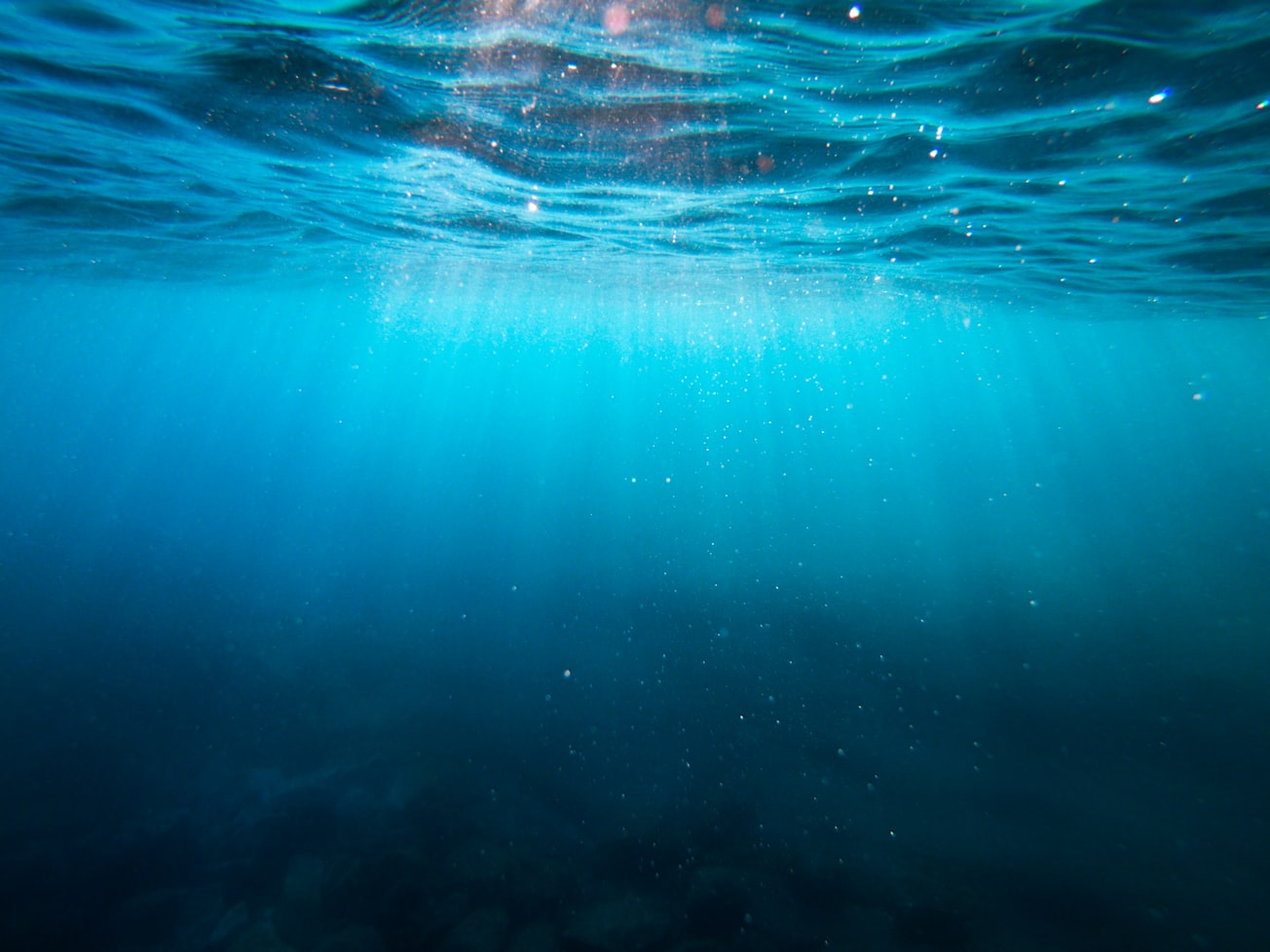What is it about?
Chloroplast and mitochondrial genomes are commonly used to infer the evolutionary relationships within various groups of eukaryotes. We show that among the globally distributed marine microalgae, these organellar genomes have strikingly complicated histories that differ from each other and that of the nuclear genome and morphological characters.
Featured Image

Photo by Cristian Palmer on Unsplash
Why is it important?
Mitochondria and plastids have their own genetic materials (DNA genomes) that are generally maternally transmitted in animals and plants, but their modes of inheritance in most eukaryotes, which are unicellular, remain largely unknown. This study unraveled extreme cyto-nuclear and mitochondrial-plastid phylogenomic discordance in the globally distributed microalgae, coccolithophores. The convoluted organellar genome evolution sheds light on their complex organelle inheritance and biology, which involve biparental organelle inheritance, isogamous haplodiplontic life cycle, and other potential mechanisms.
Read the Original
This page is a summary of: Rampant Nuclear‐Mitochondrial‐Plastid Phylogenomic Discordance in Globally Distributed Calcifying Microalgae, New Phytologist, May 2022, Wiley,
DOI: 10.1111/nph.18219.
You can read the full text:
Contributors
The following have contributed to this page







